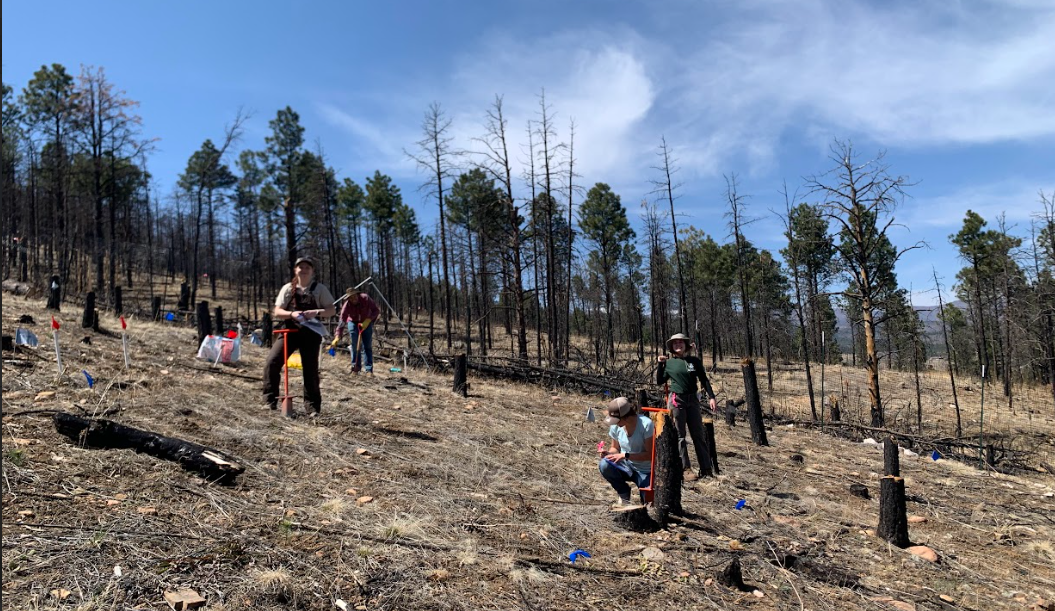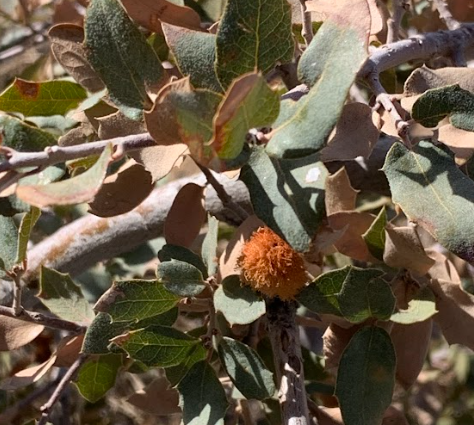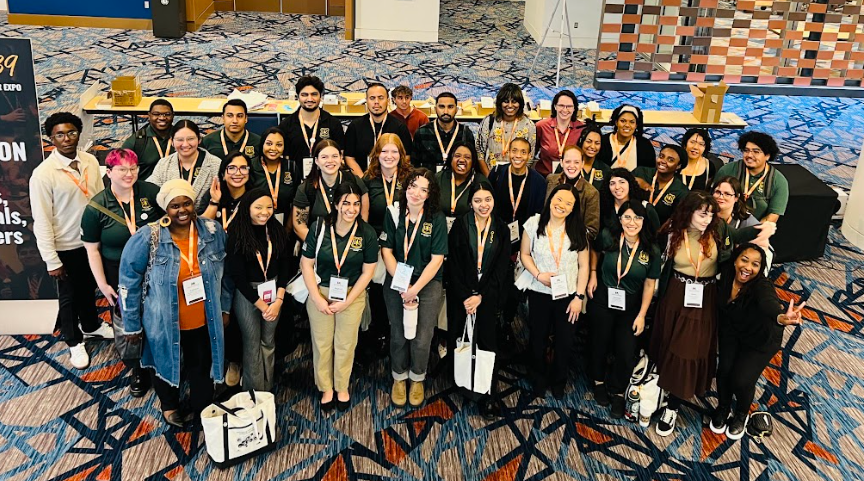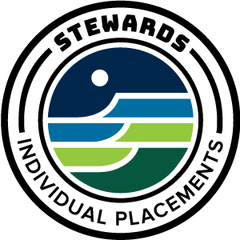Celebrating National Forest Week: A Residency with Forest Health Protection
USFS Resource Assistant ProgramKaia Bigej-Nunley
Conservation Legacy
Resource Assistant, Forest Health Protection
6/11/2025
Celebrating National Forest Week: A Residency with Forest Health Protection

Since beginning my term as a Resource Assistant with the USDA Forest Service in October 2024, I have had the opportunity to contribute to a wide range of initiatives within the Forest Health Protection division. As a program under State, Private, and Tribal Forestry, Forest Health Protection's mission is to provide financial and technical assistance, conduct monitoring, develop technologies, solutions, and recommendations to collaboratively address the issues of forest health threats such as insects, diseases, and invasive plants. In Region 3 of the Forest Service, we cover New Mexico and Arizona, including eleven national forests and a national grassland.
Over the past seven months, my knowledge and experience in assessing forest health from multiple angles has significantly grown given various fieldwork initiatives. I have supported surveys for gall wasps, dwarf and true mistletoes, Douglas-fir tussock moth egg masses, hazard trees, and more. I also have sampled creek water downstream from Aspen treated with insecticide for Oyster Shell Scale and participated in tree health checks in Southwestern White Pine seedlings from White Pine Blister Rust resistant parents. From root soil harvesting at the John T. Harrington Forestry Research Center at Mora for a graduate student mycorrhizae study, to ground-checking Aerial Detection Survey (ADS) data, my work spans from boots-on-the-ground science to technology development and to supporting active forest management.

One highlight has been supporting aviation-based data collection and monitoring. As a Visual Observer for a drone pilot, I have assisted in drone launches, operation, and safety as well as flight location scouting. Through field verification, I been able to confirm forest health ADS data and understand visual signatures for damage agents on trees and appreciate the immense scope of data coming from these surveys. For our team’s annual forest health reports, I updated the annual trend data in order to quantify change over time and to provide land managers with temporal comparisons. My most substantial project has been organizing, scanning, georeferencing, and finally digitizing historical ADS data going back to 1955 using GIS; ultimately combining legacy data and modern mapping to continue to inform effective forest health management and long-term trends in seasonality, outbreaks, and environmental conditions.
Further expanding my professional development, scientific network, and passion for our natural world, I’ve had the opportunity to attended professional conferences. The Western Forest Insect Work Conference covered graduate and professional entomological research such as pollinator diversity, insect control technology, and behavior and impact changes in insects as our world alters patterns. As part of this conference, we trekked through Santa Fe National Forest, discussing historical outbreak patterns and issues impacting the forest today. In April, I had the opportunity to attend the Minorities in Agriculture, Natural Resources, and Related Sciences Training Conference and Career Expo in Memphis where I connected with other young people at entry level career stages, including undergraduate and graduate students, and professionals. As part of the conference, I participated in a session where I provided mentorship to college freshmen in natural resources degree programs on how to prepare and excel in interviews and applications. I was lucky to speak to organizations, companies, and university programs about future opportunities. Both conferences encouraged my passion for conservation and my potential to contribute to the planet's threatened resources.

Forest Health Protection has benefited from my adaptability and capacity to contribute across multiple projects. At the same time, this position has served as a strong foundation for my own continued growth within the fields of environmental science, forest health, and natural resource management. It has increased my exposure to field methods, strengthened my understanding for forest ecosystem dynamics, and reinforced my life-long commitment to conservation, stewardship, and sustainable land management. The opportunity to remain responsive to emergent environmental concerns within such a multi-disciplinary and cause-driven space has been invaluable. As National Forest Week highlights the importance of public lands and forest protection, I am honored to pitch-in on efforts to make our natural world the best place for all to enjoy. I hope to carry these experiences and lessons forward in my career− and I encourage others to get involved in supporting the land that supports us all.




